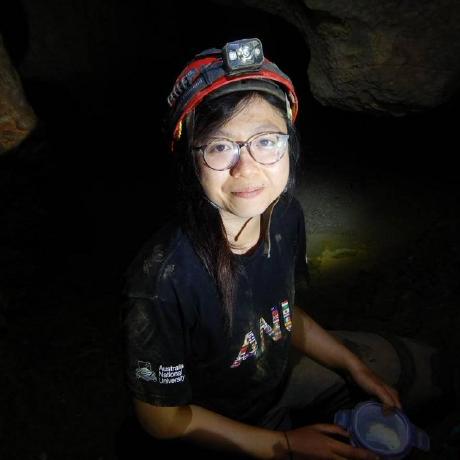Published Work
Ororatech: Biomass Estimation
Geospatial product development (2024)
An emerging carbon market necessitates precise near-real-time monitoring of forest carbon stocks. This project entails the development of an optimized deep learning model capable of accurately predicting global aboveground biomass at a very high temporal and spatial resolution. The model is trained using over 2 million space-borne imagery and ancillary geospatial data.
The project details are available here. The results are officially published at ML4RS workshop, ICLR 2024.
DLR: Global SnowPack for VIIRS sensor
Software development on EOC data product (2023)
Global SnowPack is a data product developed by the DLR with global coverage, providing MODIS-based information about long-term snow cover changes. This project aims to develop a software module to integrate data from the Visible Infrared Imaging Radiometer Suite (VIIRS) instrument into the product, with a systematic evaluation of the potential compatibility of both datasets.
The project details are available here. The results are officially published.
DLR: Time Series of Daily Snow Cover in Europe
AVHRR Data processor published on IEEE (2023)
This project involves the creation of a software processor integrating long-term AVHRR satellite imagery into a snow cover data product within the TIMELINE project framework. Focusing on the cryosphere, the daily estimation of the snow-covered area from AVHRR data between 1982 and 2018 provides an unprecedented 36-year period of observation. The results are officially published in IEEE International Geoscience and Remote Sensing.
DLR: Snow Cover classification algorithms for Alps
Innovative solution published in MDPI (2022)
To understand the snowline elevation dynamics in the European Alps, remote sensing data can be applied by first building a snow cover classifier. In this project, I independently developed a novel classifier and the data pipeline for the long-term Landsat time series, yielding significant improvements in the classification results for all Landsat sensors.
The algorithms are applied in the research study, published in the research journal MDPI. More details are available in the project page.
Machine Learning-based Locust Swarm Prediction in Ethiopia
Published Poster for ESA Living Planet Symposium (2022)
Locust invasion has frequently caused huge economic losses and threatened food security in the North African countries. This project aims to integrate long-term and short-term hydroclimatic variables (FEWS NET Land Information System and WorldClim) and multispectral reflectance (Landsat) into machine learning models for locust plague prediction in Ethiopia.
I trained multiple models using data records from FAO Locust Hub and remote sensing imagery between 1998 and 2005, yielding optimal accuracy of 88.4%. The results are presented at the ESA Living Planet Symposium.
